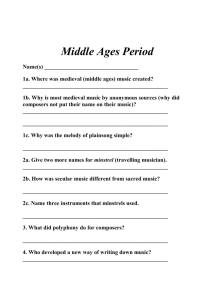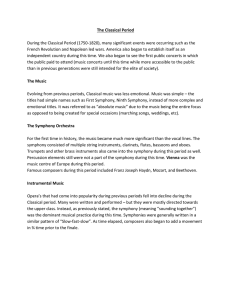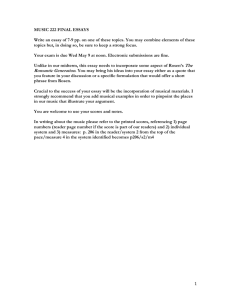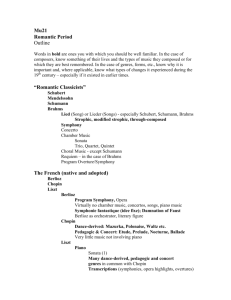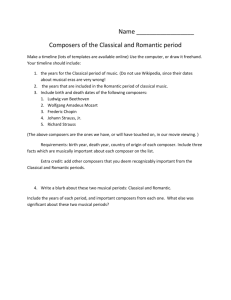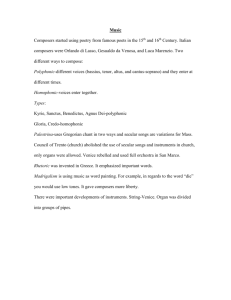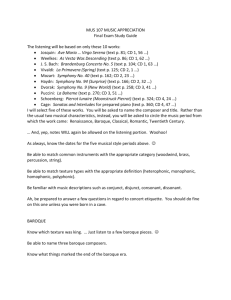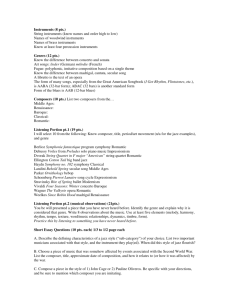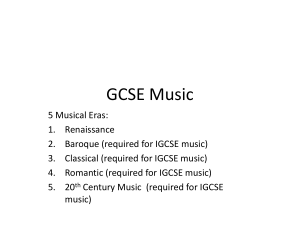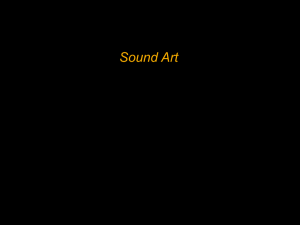history_of_romantic
advertisement
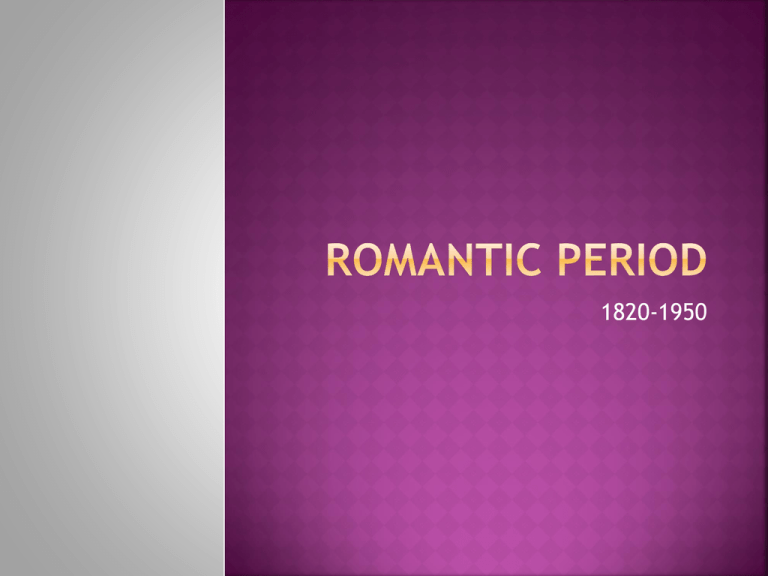
1820-1950 There were no restrictions on the length of a piece or instruments used Operas sometimes last 6 hours like those of Richard Wagner Beethoven’s 9th Symphony had an oversized orchestra, choir and vocal soloist (all new the time period) Most band instruments came in to being as they are today Invention of valves on trumpets French horns, tubas, baritones changed the instrumental abilities Composers were now more interested in composing for these instruments 3 main types of orchestral music were developed: the Romantic symphony the tone poem the concert overture. Many more instruments and a fleixble number of movements than the Classical Symphony They were examples of program music Program music is music that tells a story An example if Hector Berlioz’s Fantastic Symphony Tone poems are long, one movement works that tell a story. An example would be Till Eulenspiegel’s Merry Pranks by Richard Strauss Overtures typically began operas and set the mood for the audience Romantic period composers began writing overtures and not attaching them to operas known as concert overtures Until now, composers always borrowed musical styles from other countries Romantic composers started a new trend called Nationalism: incorporate native folk songs and styles into their music Russia was the leader in this new trend of music.

